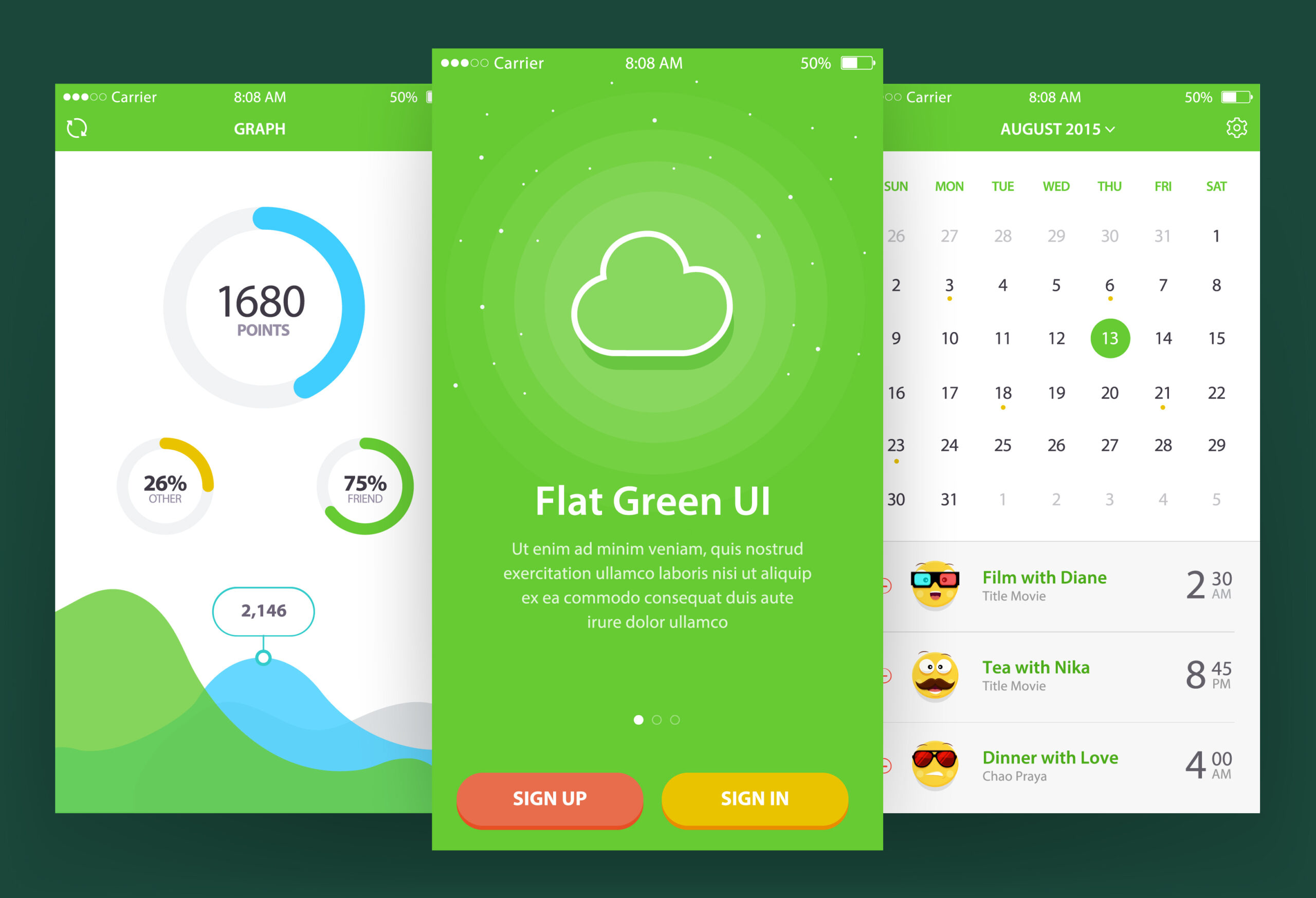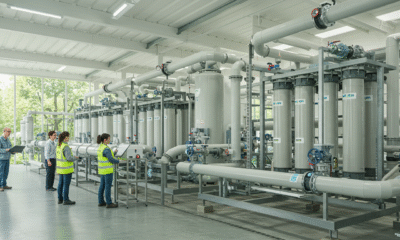

Sustainability
Harnessing Sustainability with User-Centric Technology Innovation
As we continue to innovate in our strive to make the world a greener and better place to be, it’s good to see green computing and green UI become a part of the conversation. This is part of the movement to focus on sustainability in business.
Around 80% of major companies have started reporting on sustainability, which means that they are investing more heavily in green technology like green UI. Smaller companies are also going to be more likely to invest in it as sustainability becomes a core focus.
The appearance of such terms signals the rising importance of green living and eco-friendly business nowadays. It’s not just a niche group that advocates for a greener, more sustainable approach to technology. Instead, it’s an ever-increasing community.
That is, in part, due to the conversation about global warming and staggering emissions our society produces. The conversation reached a broader audience in every corner of the world, and the problem has made itself known far and wide. It’s finally becoming recognized as everyone’s problem.
Software engineering for sustainability has evolved a lot over the last decade. The people working on the latest innovations continuously direct us to a brighter future each day.
Seeing as there’s still a long way to go, let’s talk about a few critical elements in all of this: mainly software development and user experience.
Why Innovation Needs to Be User-Centric
We’re all familiar with the fact that people are resistant to change, more often than not. The longer a pattern of behavior has been present, the harder it is to change it. Even incremental change is a challenge to tackle, right?
Yet, at the same time, everyone is drawn to novelties: new operating systems, services, and other possibilities as long as they don’t interfere too much with one’s core habits.
That is good to keep in mind when talking about innovation and technology. It takes a lot of experience and skill to develop new products and services but not just for the sake of improving upon previous ones. Instead, setting them in such a way to make every product more accessible with each upgrade.
In the e-mobility sector, we are faced with the problem of making electric vehicles as widely accepted as possible. It’d be fair to say that the world is used to a different mode of travel, meaning this transition is quite the challenge.
In other words:
We’re tasked with altering a long-standing way of functioning for most of the world’s population in favor of sustainability.
The phrasing almost makes this transition seem like a compromise, doesn’t it? Leaning towards sustainability means trusting away from something else, for example, user satisfaction, style, or practicality. Until recently, that was the case.
But we’ve passed beyond the need for compromise.
We need to keep this in mind when moving forward. Electric vehicles today, cars especially, are becoming modular in design. They come with different options to suit anybody’s preferences.
Now, customers naturally gravitate towards things they feel would make their lives easier or more enjoyable. However, regardless of what initially draws someone to a product, the user experience ultimately “seals the deal.”
In that sense, what separates “green software developers” is that they’re creating programs that are not only accessible but promote sustainability, too. They do this in both explicit and subtle ways.
Green UI And Software Optimization
Now that we’ve gone over why user experience matters, let’s dive into some of the practices software developers and companies use to optimize their systems.
Software optimization is critical in green computing. It allows the achievement of efficient energy consumption, and it reduces waste.
An energy chain has to begin with the software and its efficiency principles with that in mind. After all, it’s software that guides the modern hardware during its tasks. Everything rests on these carefully implemented principles.
Global Trends That Help Sustainability
Cloud computing is a significant steppingstone to achieving sustainability. A growing number of companies worldwide are outsourcing their workloads to the cloud. This practice dramatically reduces both energy consumption and CO2 emissions.
As we can further conclude, lower energy consumption leads to lower energy costs.
But it gets better.
Not only are companies transferring their apps and workloads to the cloud, but we see multi-tenant architecture become more prominent, as well!
A growing number of companies and information calls for more servers to store all that data. Instead of having a single company occupy a dedicated server, which will, of course, remain idle most of the time, data centers can modify their servers to host multiple clients.
Several companies sharing server space save tremendous amounts of energy, which doesn’t only help the environment but the companies themselves! These practices help reduce maintenance and energy bills, adding significant savings over time.
Making UI That Works with Users
Quality UI makes apps, vehicles, and devices instantly attractive, and a quality user experience keeps the customer hooked. We need to get both of these rights.
Great design allows for easy and intuitive navigation, which keeps customers satisfied with the service or product. UI, in this case, is the main point of contact between the user and an app or website.
Green UI, however, isn’t just about optimizing the interface to consume fewer resources or algorithmic efficiency. Such goals are present even with developers that don’t have sustainability in mind.
It’s more than that.
What separates green UI from “regular” interfaces helps users change their daily activities. It allows them to incorporate sustainable habits and make “greener” decisions. Assisting people in adopting new ideas seamlessly while promoting a higher quality of living is no small task.
But it can be achieved, like anything else, one step at a time. That’s why we need UIs that work with users instead of for them.
People don’t need apps reminding them how much they’ve polluted the Earth today. At least, not everyone.
Instead, something as simple as an online store filter that singles out recycled items, or a sustainable alternative to a product in your cart during checkout. Just a nudge in the right direction — that’s what ends up paving the way for change.
Green UI is Part of the Future of Sustainability in Business
Sustainable software engineering sits at the very intersection of software development, climate science, hardware, data acquisition, and analytics as an emerging discipline that can define and implement features that make a meaningful impact on our planet.
These features aren’t intrusive and don’t cause any adverse reactions from customers. All it takes is a moment to consider an alternative — a glimpse into another possible outcome. Green UI starts with that in mind.


 Environment10 months ago
Environment10 months agoAre Polymer Banknotes: an Eco-Friendly Trend or a Groundswell?

 Environment12 months ago
Environment12 months agoEco-Friendly Home Improvements: Top 7 Upgrades for 2025

 Features9 months ago
Features9 months agoEco-Friendly Cryptocurrencies: Sustainable Investment Choices

 Features11 months ago
Features11 months agoEco-Friendly Crypto Traders Must Find the Right Exchange





























